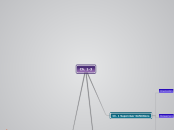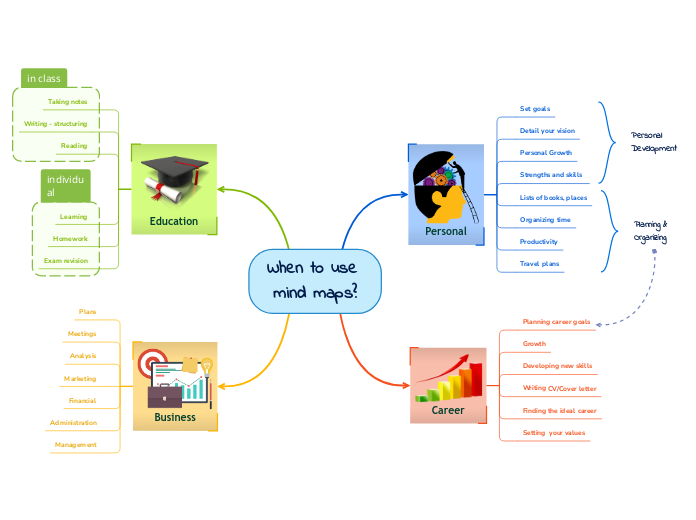Ch. 1-3
Ch. 3 Planning and Goal Setting
Policies
Rule
Procedure
Goal Setting
Performance Feedback
Time Limits
Participation
Balanced Scorecard
Specificity
business plan
Program
Scheduling
PERT Chart
critical path
activities
events
Gantt Chart
Budgets
Benchmarking
Six Sigma
ISO 9000 Series
Time frames
Long-Term
Intermediate-Term
Short-Term
Types
Single-Use
Standing
Tactical
Strategic
Ch. 2 Supervisor Challenges
Community Orientation
Social responsiveness
Social obligation
Social responosibility
Ethics
Code of Ethics
Dynamic Work Environment
Work Process Engineering
Continuous Improvement
Kaizen
Foundations for:
Involve employees
Measure accurately
Improve the quality of everything the organization does
Seek Continuous Improvement
Focus on Customer
Downsizing
Technology
E-comerce
E-business
Telecommuting
Cyber Loafing
Globalization
Cultural Variables
National Culture Differences
Quality of Life
Quantity of Life
Uncertainty Avoidance
Power Distance
Collectivism
Individualism
Parochialism
Cultural Environments
Ch. 1 Supervisor Definitions
Supervisor Competenices
Political
Coceptual
Interpersonal
Technical
Management
Functions
Controlling
Leading
Organizing
Planning
Organization
Levels
Operative Employees
Supervisors
Middle Management
Top Management









